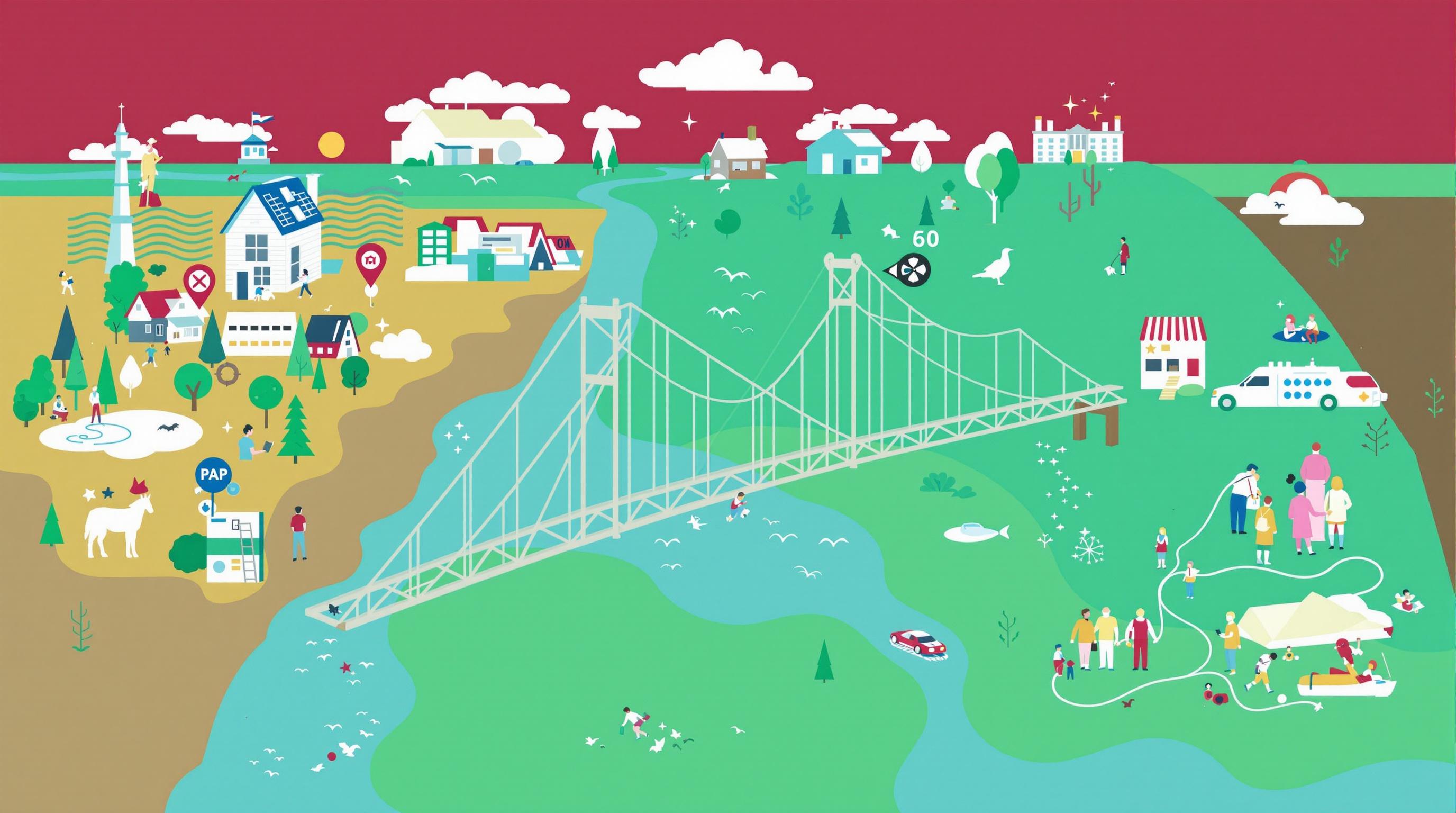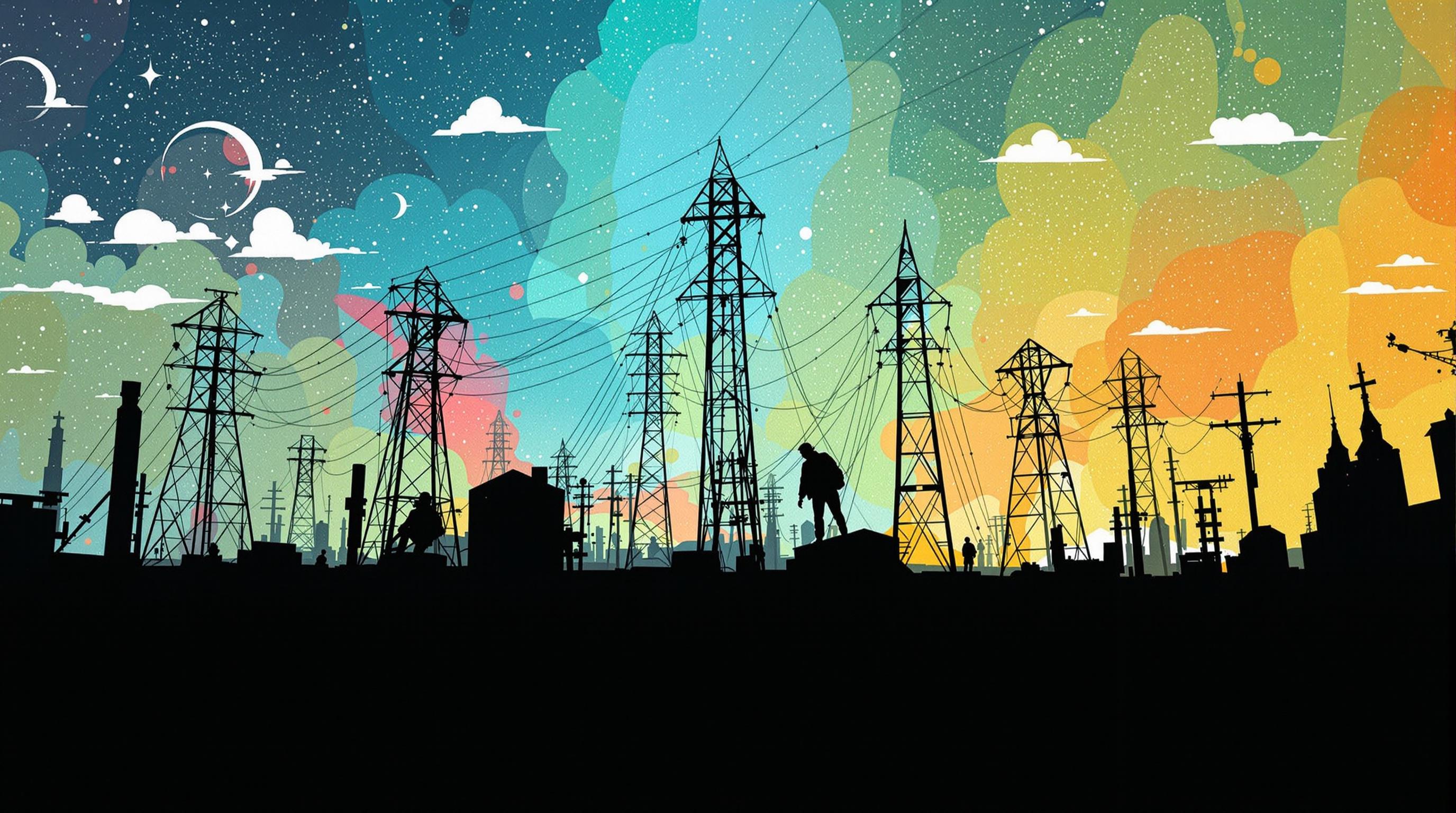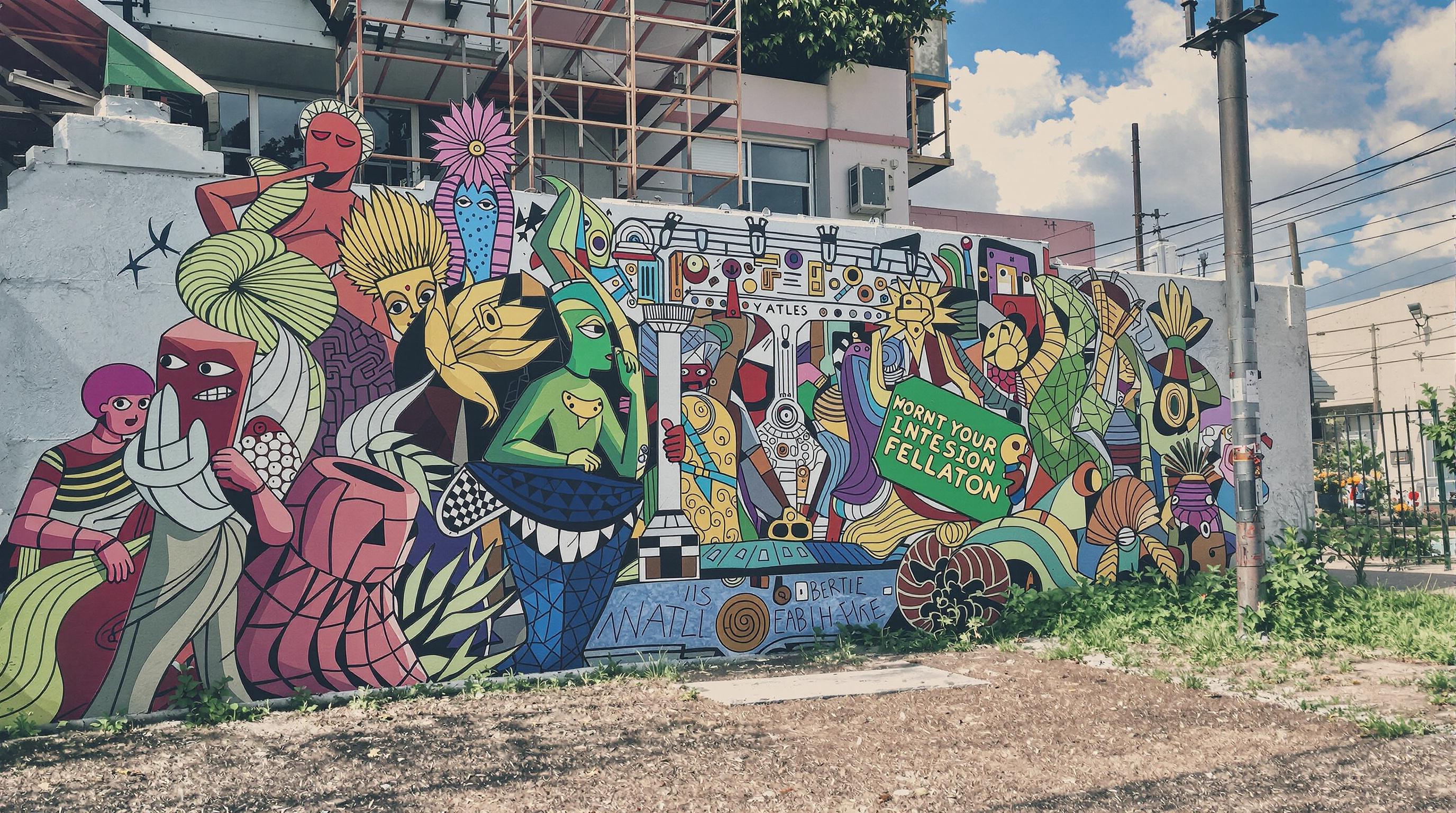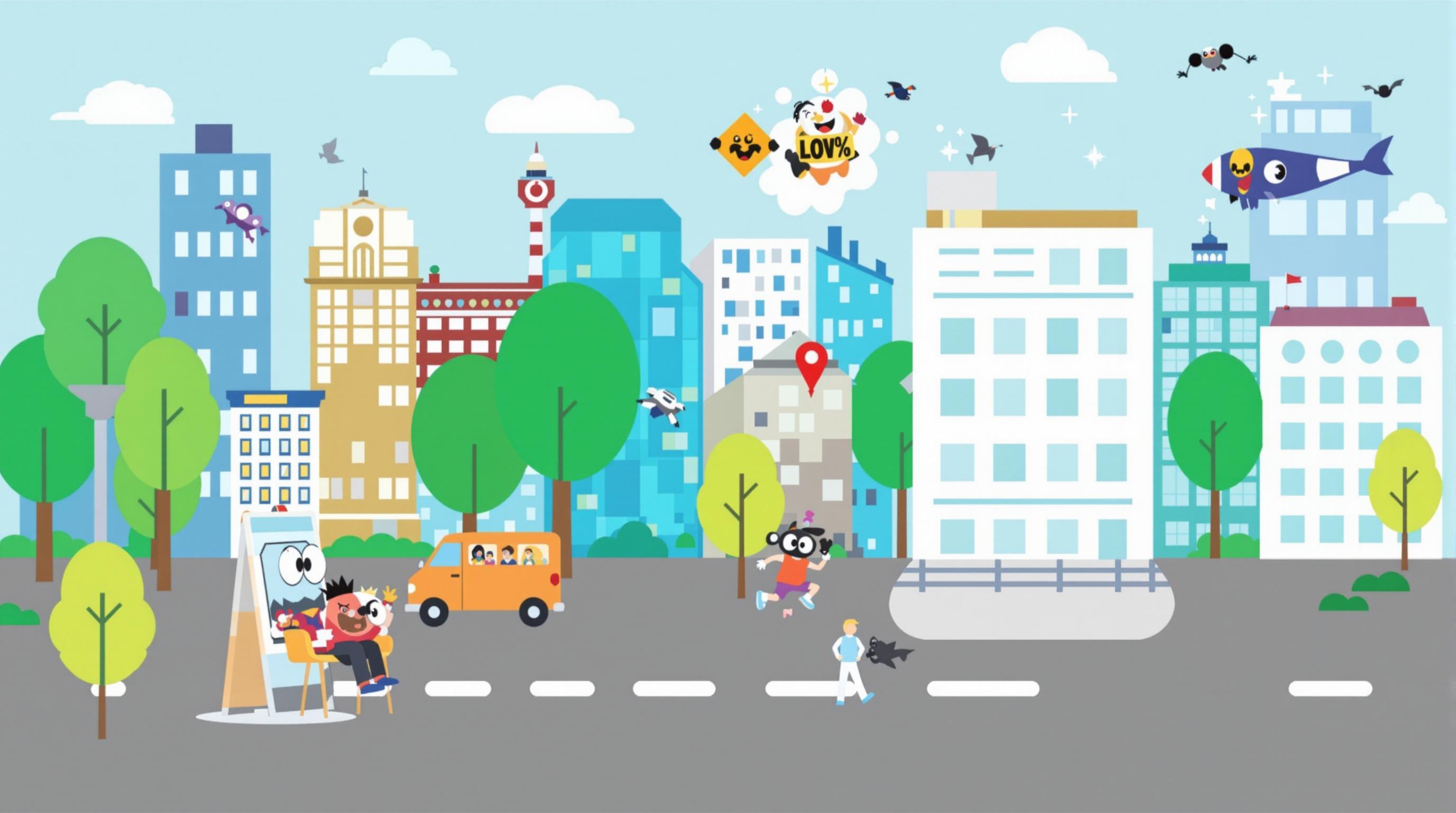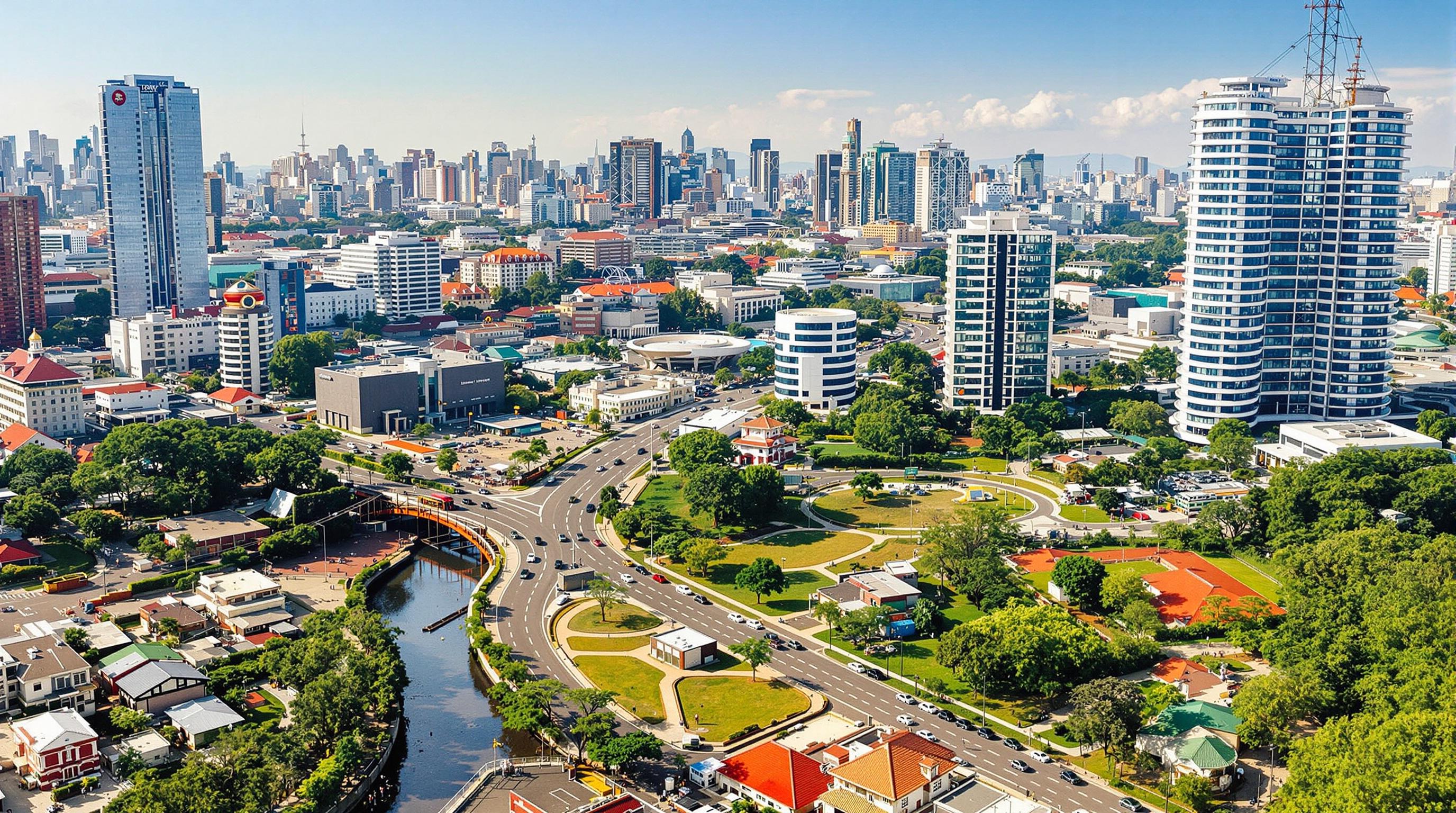Related Articles
- Harnessing Nostalgia: How Memory Mapping Can Inspire Innovative Urban Infrastructure Solutions
- Revealing the Invisible: How Urban Legends Influence Public Perception of Infrastructure Projects
- Whimsical Structures: How Playgrounds Can Inspire Innovative Approaches to Urban Infrastructure Development
- The Enigmatic Impact of Dark Fiber Networks on the Future of Digital Ecosystems and Their Capacity to Scale
- Beyond the Horizon: Exploring the Impact of Cultural Nuances on Global Digital Infrastructure Expansion
- Whispers of the Future: How AI-Driven Edge Computing Redefines Network Resilience and Flexibility
Bridging the Gap: How Climate Change Narratives Can Transform Infrastructure Decision-Making Processes
Bridging the Gap: How Climate Change Narratives Can Transform Infrastructure Decision-Making Processes
In an era where climate change has become an urgent global concern, narratives surrounding its impact hold the potential to reshape how we approach infrastructure decision-making. This article delves into the intersections of storytelling, statistics, and strategic planning, exploring how climate narratives can inspire transformative improvements in our infrastructure systems.
The Power of a Story
Imagine walking down a bustling city street, feeling the gentle breeze toss your hair, when suddenly the ground beneath you rumbles more violently than a teenager’s heavy metal concert. That sensation might just be a mild earthquake — or a reality check about the infrastructure supporting your daily life. Stories about climate change vividly illustrate not just the stark realities we face, but also the opportunities for improvement that lie ahead. By weaving compelling narratives into the fabric of urban planning, stakeholders can indeed create a more resilient future.
Statistics Don’t Lie, But They Can Bore
Seriously, who gets excited to hear about dry data? Yet, consider these striking figures: according to a United Nations report, climate-related disasters cost the world approximately $650 billion annually (United Nations, 2021). This number isn’t just statistic — it embodies real human experiences, losses, and struggles. Integrating this information into captivating narratives can make the numbers resonate deeply with community members and decision-makers alike, transcending apathy. It turns abstract figures into critical conversations about shared values and future impacts.
Building Resilience Through Community Engagement
Picture this: a community meeting, decorated with colorful posters and local snacks, where residents gather not to complain but to collaborate on sustainable infrastructure solutions. In such settings, the collective narrative shapes decision-making processes. For instance, the city of Seattle engaged local communities to shape its climate adaptation plan, leading to initiatives like green roofs and urban forests (City of Seattle, 2020). Here, narratives foster participation, illuminating pathways toward engaging residents, which ultimately leads to more resilient infrastructures. It’s like turning your passive viewers into active participants in their own story.
From Fright to Fight: Mobilizing Action
While the specter of climate change can strike fear into the hearts of even the most optimistic souls, we can flip that script. The key is to pivot from a narrative of doom to one of possibility. By highlighting stories of innovation, restoration, and successful resilience, we inspire action rather than paralysis. For example, after Hurricane Katrina, New Orleans reimagined its cityscape with green infrastructure that not only combats flooding but also enhances the community’s quality of life (National Academies Press, 2017). This reframing transforms communities from victims to agents of change.
Case Study: Copenhagen’s Climate Adaptation Plan
Let’s hop across the pond to Copenhagen, Denmark, a city that has turned climate change challenges into opportunities. In 2011, severe flooding highlighted vulnerabilities in their infrastructure, prompting a collective narrative shift. Inspired local leaders and citizens united around a robust climate adaptation plan that has since integrated blue-green solutions—utilizing water management systems that combine landscaping with urban infrastructures (Copenhagen Solutions Lab, 2018). This example showcases storytelling that weaves community engagement into planning, illustrating that adapting to climate change can engender pride and progress.
Bridging Generational Gaps
One of the most powerful aspects of climate change narratives is their ability to bridge intergenerational divides. A 16-year-old climate activist may approach the topic from a fresh perspective, while a 70-year-old retiree might have insights shaped by decades of lived experience. When these narratives converge, they can enrich infrastructure decision-making processes. The city of San Francisco has seen this in action through its Youth Climate Summit, where young people and seasoned citizens join forces, learning from each other to advocate for climate-smart infrastructure (San Francisco Recreation and Parks Department, 2019). This collaboration not only leads to wiser choices but fosters mutual respect across generations.
The Language of Emotion
Any seasoned writer will tell you that the secret sauce to a compelling narrative lies in emotion. By employing a heartfelt language that evokes empathy, we can connect climate change impacts to personal stories. Think of a family forced to relocate due to rising sea levels; their plight personalizes distant statistics and compels action. Getting technicalities and theories into conversations is crucial, but how we frame their consequences is what will truly tip the scales towards impactful infrastructure solutions.
Financial Implications: Dollars and Sentiments
This isn't just about saving the earth, either — it’s about saving money too! The National Institute of Building Sciences found that for every dollar invested in resilience measures, there is a potential return of $6 in avoided losses (National Institute of Building Sciences, 2019). Therein lies a narrative that can sway budget discussions: investing in infrastructure improvements is not merely an expense; it's a long-term financial strategy. This economic argument, infused with local stories about saving lives and assets, forms a comprehensive narrative that resonates well with decision-makers.
Designing Infrastructure with Climate In Mind
Urban planners and architects are crucial players in the narratives we share. By incorporating climate considerations into the brainstorming stage, they can visualize infrastructure that is not just fit for today’s use but also resilient for generations to come. For instance, many new urban parks now serve dual purposes: they beautify neighborhoods while also acting as stormwater management systems. A good example is New York City's built environment design changes after Hurricane Sandy, integrating rain gardens and permeable pavements to better manage runoff (NYC Department of Environmental Protection, 2018). These infrastructural adjustments reveal how narrative-led design can produce tangible benefits, proving that climate relevance isn’t just theoretical but practical and necessary.
Community-Driven Narratives Enhance Diverse Perspectives
No two communities experience climate change the same way. Each has its unique story woven through cultural heritage, local economy, and environmental context. In some regions, rising temperatures may mean fewer crops, prompting farmers to innovate; in others, it may lead to more floods, forcing residents to rethink their infrastructure altogether. By encouraging diverse narratives and incorporating them into decision-making processes, cities can harness a wealth of insights that directly address local challenges. This approach ensures that solutions are not only effective but also equitable, supporting all demographics from the elbow-bending farmers to the digitized tech startup founders.
Create Climate Narratives or Risk Being Left Behind
As we race towards an uncertain future, coastal towns have either begun reformatting their urban planning frameworks or face the threat of becoming ghost towns. Portland, Maine, is a prime example—back in 2014, they created an incredibly ambitious climate action plan, emphasizing stakeholder engagement and local narratives (Portland Climate Action Plan, 2014). Now, waterfront businesses develop barrier systems to safeguard against storm surges, showcasing a narrative-driven approach that prioritizes character and culture in climate resilience. Communities need to wake up to the repercussions of inaction; the question isn’t whether it is better to integrate climate narratives in infrastructure planning but rather how long communities can survive without them.
A Dash of Humor in Serious Matters
You know the phrase "The little engine that could"? Well, climate infrastructure planning is like that little engine, but now it has to pull a boat, a condo complex, and a solar farm up a steep hill! The task is daunting, but with robust narrative strategies, our infrastructure can transform from resignation to resilience, beaming in the sunlight of collective determination. After all, laughter may just be the best medicine when addressing dire issues—who wouldn’t want to invest in a community that knows how to smile while wrangling with climate change?
In Summary
The narratives we shape around climate change have the power to influence infrastructure decision-making in meaningful ways. By harnessing community stories, emotional engagement, and innovative planning, we can bridge gaps between generations, demographics, and stakeholders. The time to act is now—let's craft stories worth telling, voices worth hearing, and infrastructure that will carry us into a sustainable future. Remember, it’s not just about bricks and mortar; it’s about building a legacy.
